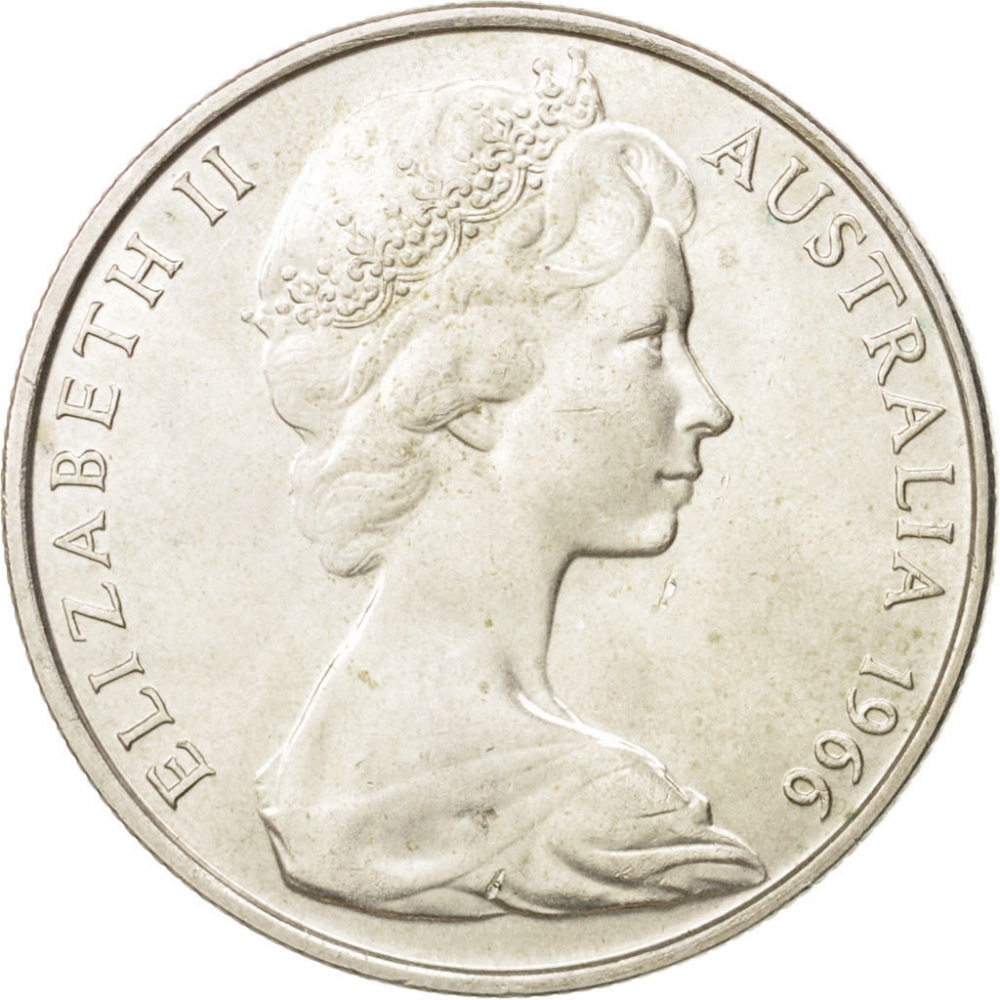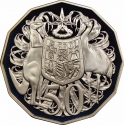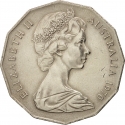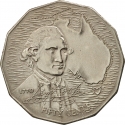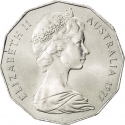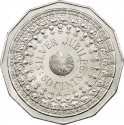You are about to finish your registration. Please check your mailbox (including spam folder). There should be a letter with a confirmation link. Check setting to make sure that your e-mail address is correct.
Send letter againDescription
The round Australian 50 cent piece was introduced at the changeover to decimal currency in Australia in 1966. It is the only round 50 cent piece, containing 80% silver and 20% Copper. It wasn’t long before the value of the silver content far outweighed the fifty cent face value and it was withdrawn from production and replaced in 1969 with the 12 sided shape. Despite them being withdrawn from circulation many millions of the coins were hoarded by the Australian public. Sometimes it is falsely regarded as a rarity, in fact there were more than 36 million coins minted, and, although many have been returned to the mint and melted down, there are many coins in the market, although these are generally traded as bullion coins rather than being traded as collector coins.
A well known variety of the 50c piece is the double bar variety. Incorporated in the original reverse design were 2 horizontal bars in the reeding behind the emu’s head. These bars could possibly cause weakening of the dies during striking so were probably ground off the transfer punches that were used to make the dies, but not on all of them.
Obverse

|
Second crowned portrait of HM Queen Elizabeth II facing right, wearing the Girls of Great Britain and Ireland tiara. ELIZABETH II AUSTRALIA 1966 |
|---|---|
Reverse

|
Depicts the Australian Coat of Arms. 50 |
| Edge |
50 Cents
2nd portrait, Aussie Round
KM# 67
Related coins
25th Anniversary of the Accession of Elizabeth II to the Throne
